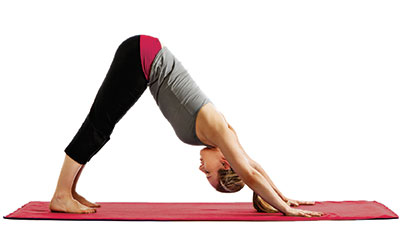Soreness has a number of possible causes, but it isn’t related to workout quality — it only means that you’ve damaged your muscles.
It could be that the movements were new, or that you changed variables like volume, weight, or intensity. If you don’t exercise for a week or more, even a relatively easy workout could leave you sore the next day, explains Dean Somerset, CSCS, an exercise physiologist in Edmonton, Alberta, who specializes in injury prevention and rehab.
It could also mean you’re changing elements of your workout too often — an approach known as “confusing your muscles” — which doesn’t give your body the chance to adapt to the stressors. “Exercise variation is a common cause of soreness,” says Somerset.
Chronic soreness after workouts could indicate that you’re skimping on important aspects of your recovery, such as sleep, nutrition, or hydration, or simply working out too frequently. Constantly pushing yourself to the point of soreness can lead to chronic fatigue, pain, and injuries that could land you on the sidelines.
A better way to gauge whether your workout is successful is to set measurable goals beforehand, Somerset says. For example, you might decide that you want to run a certain distance, maintain a specific speed, or lift a predetermined amount of weight. This objective feedback is a better indicator of workout quality than soreness, he explains, because you’ll know whether you’ve made progress.
This originally appeared in “Expert Answers” in the October 2017 print issue of Experience Life.





This Post Has 0 Comments